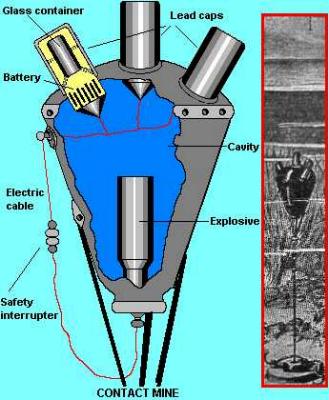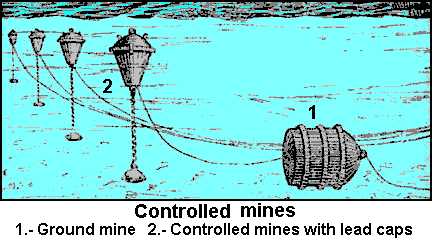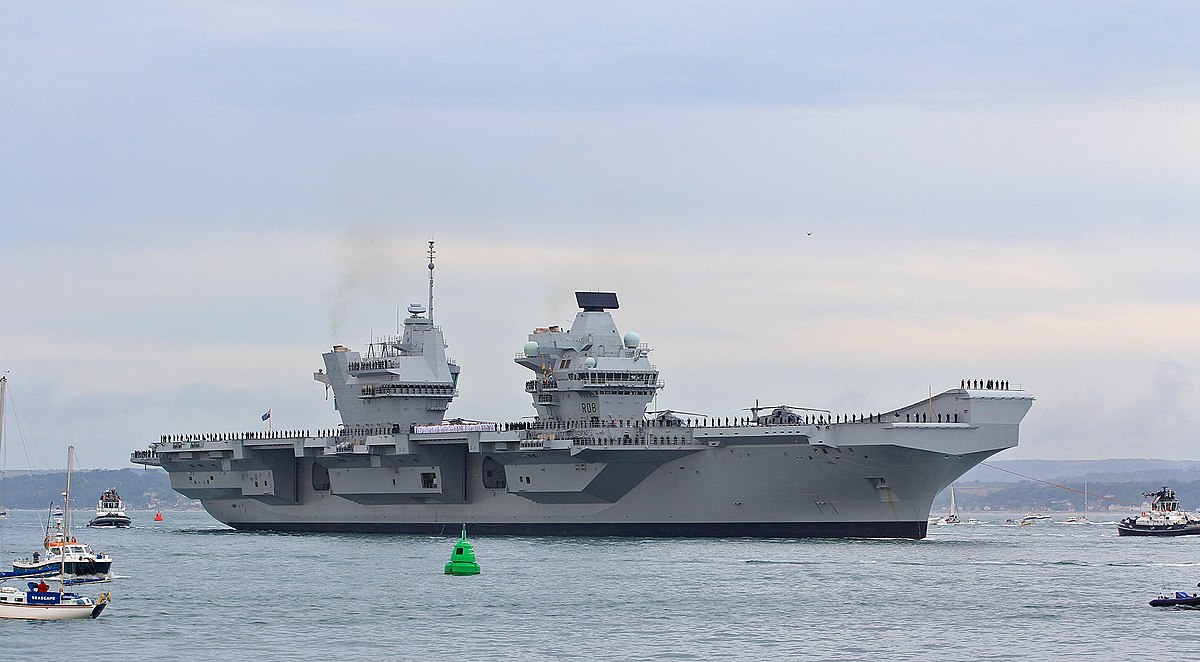Rear Admiral Pascual Cervera y Topete, Commander, Spanish Squadron, to Minister of Marine Segismundo Bermejo y Merelo
[Confidential.]
The Commander in Chief of the Squadron (Cervera) to the Minister (Bermejo).
Captaincy-General of the Squadron.
Honored Sir: Through my official letter of the 8th, written on the sea, your excellency knows of the few incidents of our monotonous voyage across the Atlantic, during which I sacrificed everything in order that our frail torpedo-boat destroyers might arrive fresh and in condition to render useful service. But my efforts were in vain, for hardly had the
Furor and
Terror been made for twenty-four hours to maintain two-thirds of their trial speed, when the boilers of the latter became disabled, putting us to the necessity of losing still further time, and finally leaving the
Terror in the neutral port of Fort de France in the island of Martinique.1
The accompanying copy of the official report of her captain, marked “Document No. 1,”
Terror nothing but a buoy, and the
Furor guarding her, so that she might not be abandoned in the midst of the ocean until she was sure of being seen by the squadron. When we reached her I took her in tow, and we had to proceed even more slowly than at the beginning, as the destroyer no longer had the protection of the swifter with which the commander of the flotilla had provided her.3
I will say nothing further of this accident, since it has occurred to a ship under very efficient command, and with an engineer in chief who enjoys the highest reputation. It only proves the frailness of these ships. They have another defect, almost worse, namely, the temperature which develops in them and which is unbearable for all, but especially for the engineers and firemen, who are frequently overcome by the heat.
The commander of the flotilla,
Furor at daybreak of the 11th, and at midnight of the 11th he rejoined the squadron, brimful of news, but all bad, and, among other obstacles encountered, having had to contend with a chase by a hostile cruiser.
Harvard and
St. Louis, are at Guadeloupe and Martinique, respectively; that the Americans have taken possession of Puerto Plata and, it is believed, also of Samana;8 that the war of insurrection in Cuba is still going on, and the last news is of a fierce battle at Sierra Maestra;9 that Spain is passing through a ministerial crisis;10 that we should not be permitted to take coal in Martinique, but that we could get provisions there; and finally, that there was no special news from the far East.
He also brought me a bundle of press telegrams containing a great deal of news; among others, of the destruction of our poor fleet in the Philippines, which, glorious though it may be, is nevertheless a great disaster.11 In view of the very serious news, and although my opinions on the subject have been manifested (too frankly, perhaps) in my correspondence with the Government, by telegrams as well as official letters, and in my confidential communications to the minister of marine, I considered it my duty to assemble the captains and second in command of the squadron,12 whom I acquainted with the situation and consulted as to what, in their opinion, was best to be done.
After discussing this very serious question, it was decided that there was no advantage in going to Martinique, since we would gain noting thereby and only consume coal. To go to San Juan would be madness, as we would only be preparing an easy triumph for the enemy. And as we have hardly coal enough to reach Santiago de Cuba, with the speed necessary on the sea of operations, and as our destroyers would probably not be able to withstand the trip, it was the unanimous opinion of the officers that we should go to Curaçao in search of the coal which was promised us by telegram of April 26.13 Proceedings were drawn up to that effect, a copy of which, marked “Document No. 2,”14 accompanies this letter. As I was of the same opinion, we proceeded to that island, adopting at first a wrong course15 in the direction of Santo Domingo, until at a distance of 30 miles from Martinique. Permit here to make a few observations to explain and justify my operations.
There is not the least doubt that a sacrifice, such as made by our comrades in the Philippines, is worthy of the highest honor, and I take pleasure in expressing to them from here my enthusiasm and admiration. But is there any practical result in such sacrifice? Evidently not, and from pitting vessels like the
Castilía and
Christina16 against modern ships no other result than the one obtained can possibly be expected. The result will always be the same where there is great disparity between the opposing forces, whether in the number of ships, their efficiency, or the stores they carry.
This painful result therefore justifies the crude ideas I have expressed in my correspondence above referred to, upon which I insist no further, as I do not want to be a bore, which is always a bad thing, especially when addressing a superior. I therefore proceed with the report of our voyage. The run from the waters of Martinique to those of Curaçao offered nothing worth mentioning. At 7 o’clock a. m. of the 14th, about 5 miles from Little Curaçao, I gave orders to the destroyers to enter the port first; but at 8.30 I saw them off the entrance. The
Plutón signaled: “Awaiting permission of governor.” The squadron stopped and soon after the
Plutón signaled that only two ships were permitted to go in. This was confirmed by the pilot, who arrived soon after, demanding to know the names of the ships, their complements and armament, and the amount of coal required. I selected the
Teresa and
Vizcaya, whose coal supply was lower than that of the others. I gave the information asked for, stating that each ship needed 700 tons, and the pilot went back.
I gave instructions that the
Furor should be recoaled from the
Colón, and that the latter ship, together with the
Oquendo and
Plutón, should remain outside. The pilot returned, accompanied by the Spanish consul, who told me that the stay in the harbor must be limited to forty-eight hours. At 12.30 we cast anchor inside, after which I had an interview with the governor,17 who told me that this was a necessity imposed upon his Government by both belligerents. I accepted the 600 tons of coal, which was all that could be had in the town, and ordered the purchase of provisions so as to supply each ship for thirty days, from the captain down to the cabin boy.
At 5 o’clock p. m. I dispatched to your excellency the following cipher message, which I hereby confirm: “After consulting with the second in command of the squadron and the captains of the ships, I came here in hopes of finding the coal announced in your telegram of April 26. Collier has not arrived,18 and I have not been able to obtain here the coal I need. There is a controversy about it, and I must see what I can do. Only two ships have been allowed to enter, and their stay has been limited to forty-eight hours.”
I tell your excellency nothing of my plans, as I do not wish to intrust them to paper, and furthermore, when this letter reaches you, you will certainly have received telegraphic news from me. The coaling proceeds slowly owing to lack of means for shipping it, but I intend to go out by any means this evening, no matter what quantity I may have on board, for while the question of coal is of the utmost importance to me, I do not want to spend another night with the squadron divided.
On board
Infanta Maria Teresa, St. Ann Harbor, Curaçao, May 15, 1898.
Yours, etc.,
Pascual Cervera.











